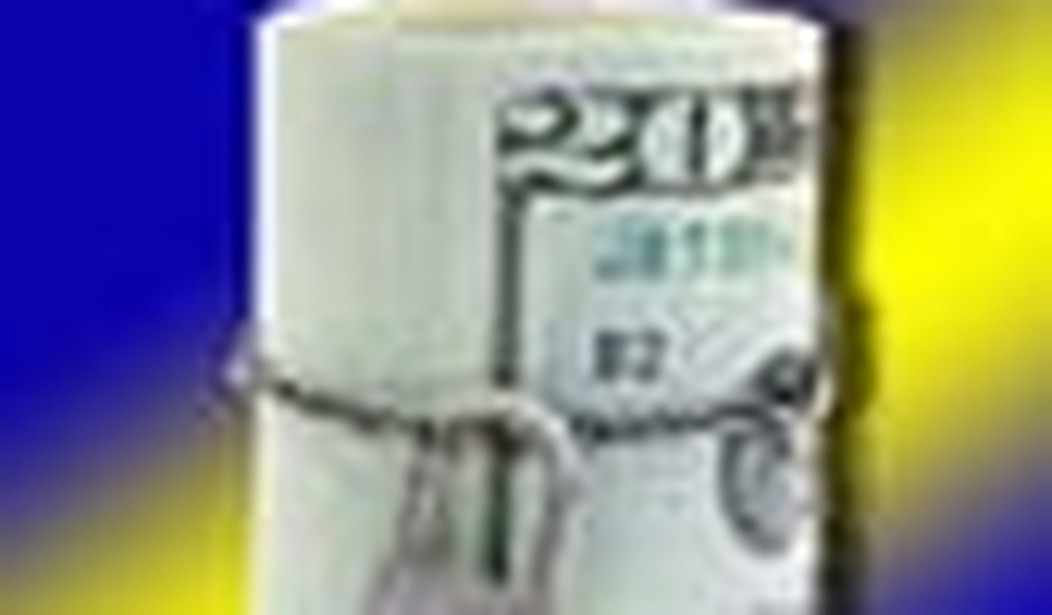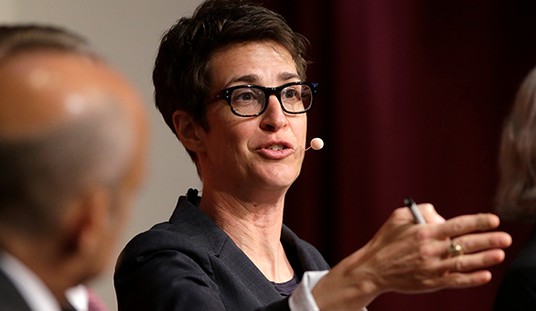Investing in public companies or public debt is reasonably apparent. You talk to your broker, and off you go. The investment is highly liquid: a phone call gets you in or out.
Private investing is different. There is no certainty that the investment will ever become liquid again: the only ways to liquefy an investment in a private company are to sell the investment itself to a third party, to sell the entire company, or to take the company public in an IPO. It’s a lot easier to sell an entire company; that is the usual way liquidity events occur. The public markets are fickle — particularly in the wake of the disastrous Facebook IPO — and most private investors are not very interested in buying only a piece of a company as it is very difficult to get that next liquidity event, especially when the investment is not a control position.
Because of this, the holding period for a private investment is usually measured in years, not days, weeks, or even months. A lot can happen in a “years” time frame, particularly as we will see below.
The basis of any investment is ultimately a “go/no go” decision. This investment decision is an actual “yes or no” decision, based on the assessment of risks that are to be taken by the investor. This is particularly important in a private investing decision when a liquidity event takes place in an uncertain time frame.
Which is where I think so many on the left are bereft of common sense.
The refrain from many liberals I know these days: “Where are the jobs? Why aren’t businesses investing?” There are no mandates that an investor is required to make investments that he or she might not otherwise make. If I don’t like the risk I perceive, I am not going to make the investment and will choose to wait for a better time.
There are all sorts of risks that are taken when one considers any investment decision. Some that all investors engage in: environmental risk (not what it sounds like — see below), industry risk, enterprise risk, management risk, time horizon risk, and liquidity risk. I’m only going to discuss environmental risk, as it impacts decision-making; the rest of these should be self-evident.
Environmental risk is the big picture. It’s an assessment of the investing environment that exists at the time the investment is made. Generally, this is what some would call “political” risk. This risk includes the regulatory environment for the particular enterprise, the risk of legislation at the federal, state, and local levels that might impact the operation of the business, tax policy, etc. Another term for this is “uncertainty.”
The key element in assessing environmental risk is stability. For example, if changes are coming or threatened, an assessment of the direction and magnitude of anticipated changes on any particular investment (to the extent possible) needs to occur. A stable environment allows capital formation to occur without requiring otherwise greater forecasted returns. An assessment that there is too much instability to invest at all because of uncertainty will retard capital formation because fewer investment opportunities will forecast returns that need to elevate because of uncertainty.
Many decision-makers, particularly those investing in new businesses, will simply wait until there is more stability. While public investing may still be attractive because of the ease of liquidity, private investing must take a far longer view of risk because of the lack of liquidity.
Let’s put this into a real-world context. When those of us on the right say that investors are sitting on their hands awaiting a more favorable environment, we can point to a lot of things that this administration and Congress have done that have caused private investors and business owners to want to wait it out.
When, for example, the POTUS demagogues against income earners making more than $250,000 as not paying a fair share, this is a direct attack on those earning above the threshold. When, as an additional example, the statement is made that “you didn’t build that,” the suspicious among us perceive that as a prelude to a nationalization of the business. Even if that isn’t the intent, who wants to invest in a business in a time when the possibility of that business being taken over is perceived, rightly or wrongly, as high?
When regulations are being increased and proposed and changed, this is an unstable environment. And here’s the rub: even if none of these proposed (or simply demagogued) changes actually come to pass, the perception that a change is more than a remote possibility will have a necessarily dampening impact on marginal dollar investment. In any event, regulations — by their very nature — increase the cost of doing business. That lowers profitability, dampens returns, and reduces the number of attractive invest-able opportunities.
When Obamacare lards on unforeseen and maybe even unquantifiable costs to the operation of an existing or new business, there will be less investing and less hiring. Indeed, there’s now anecdotal evidence that venture investing in healthcare-related startups has come to a screeching halt because of the fluid and uncertain environment.
And my liberal pals wonder why those eeeevill fat-cat rich guys have stopped participating and look now elsewhere for more stable environments. They’re just operating in their own best interests, guys and girls: why take unquantifiable risks for returns that are likely to be lower because of additional regulation and an uncertain environment? It is safer, albeit with lower returns, to just buy Treasuries (or … maybe it isn’t …) and to wait for friendlier climes.









Join the conversation as a VIP Member